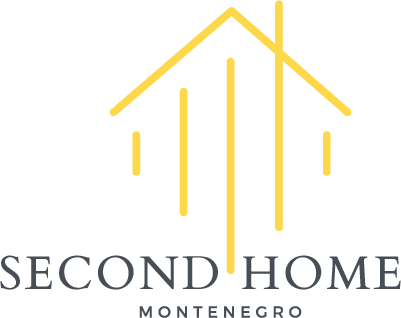About Montenegro
Wild Beauty
Known as ‘The Wild Beauty’ or ‘The Pearl of the Adriatic’, Montenegro is a small territory but boasts of spectacular landscapes and lots of scenic places. It is the tiny country on the Adriatic Coast covering an area of 13,812 km2 sharing borders with Serbia to the northeast, Bosnia and Herzegovina to the north and west, Kosovo to the east, Albania to the southeast, the Adriatic Sea and Croatia to the southwest. It has a maritime boundary with Italy. Podgorica, the capital and the largest city, covering 10.4% of Montenegro’s territory and is home to roughly 30% of its total population of 625,000 (est).
Montenegro, literally meaning the ‘black mountain’ rise from sea level to 2582 m. It has a diverse landscape including some of the most rugged terrain in Europe. In terms of geography; the country is famous for its dramatic gorges, wild rivers, karst scenery, emerald green lakes and an amazing coastline.
Montenegro adopted the Declaration on the Ecological State on September 20, 1991, and became the first ecological state in the world. This declaration became part of the Montenegrin Constitution in the following year. Still as of today, the very first article of Constitution of Montenegro declares that Montenegro is a ‘democratic, social and ecological state’.
World Heritage Sites
There are four UNESCO World Heritage Sites in Montenegro. Three of these are cultural sites and the other one is a natural site. Additional six locations are on the tentative list.
- Historical Region of Kotor
- Durmitor National Park
- Stecci Medieval Tombstone Graveyards
- Venetian Works of Defence between 16th and 17th Centuries.
There are two international airports in Montenegro. The Podgorica Airport is located in the heart of the country. It’s a 40 minutes drive to the coast and an hour to the nearest mountain resorts. The second one is the Tivat Airport, near by the Boka Bay, which is the most convenient route for the coastal region.
Why invest in Montenegro?
FDI (Foreign Direct Investment) in Montenegro is mostly concentrated in the tourism, energy, telecommunications, banking and construction sectors. Its origins are diverse, with no single economy dominating. The most significant investments have originated from Hungary, Italy, Russia and Serbia, with new interest coming from Azerbaijan, China, Turkey, the United Arab Emirates and the United States.
Montenegro has a clear and comprehensive legal framework for investment activities and conducting business. The main law governing investment activities is the Foreign Investment Law (FIL), adopted in 2014. The FIL provides investors with national treatment, makes no restrictions in terms of investment activities, foreign companies can own 100% of a domestic company, and profits and dividends can be repatriated without limitations or restrictions. Foreign investors can participate in local privatization processes and can own land in Montenegro generally on the same terms as locals.
Montenegro has enacted specific legislation outlining guarantees and safeguards for foreign investors. Montenegro has also adopted more than 20 other business-related laws, all in accordance with EU standards.
Montenegro on the road to European Union
Montenegro provides easy access to a market of and 800 million consumers owing to the free trade agreements with the EU (Stabilization and Association Agreement), CEFTA, EFTA, Russia, Turkey and Ukraine.
This is a young country which has strong economic potential. Since the independence in 2006, Montenegro has made a long way in social and economic development, reinforced its position as the economically most developed country of the Western Balkans and proven to be a safe and economically viable country with potential for fast growth. Its security and prosperity have facilitated with EU and NATO integration.
The comparative advantages in tourism, agriculture and renewable energy.
Energy sectors are the backbone of economy and its further development is one of the government’s top priorities.
Montenegro has an international business environment that is open and business-friendly. Regarding its economic performance Montenegro is recognized as a fast-growing economy in region and as leading tourist destination in 2019.
Ideal SecondHome destination?
- Diversity of the offer (coastal, skiing, religious, cultural-historical)
- The unbeatable wild beauty (dramatic gorges, wild rivers, karst scenery, emerald green lakes and an amazing coastline)
- Easy access by air, sea and land transportation,
- Rich gastro culture due to availability to the sea food, but as well traditional northside meals
- Five National Parks and four UNESCO Heritage Sites
- Still undiscovered and unique
- Democratic, multicultural and multi-religious society
- Low crime rate

